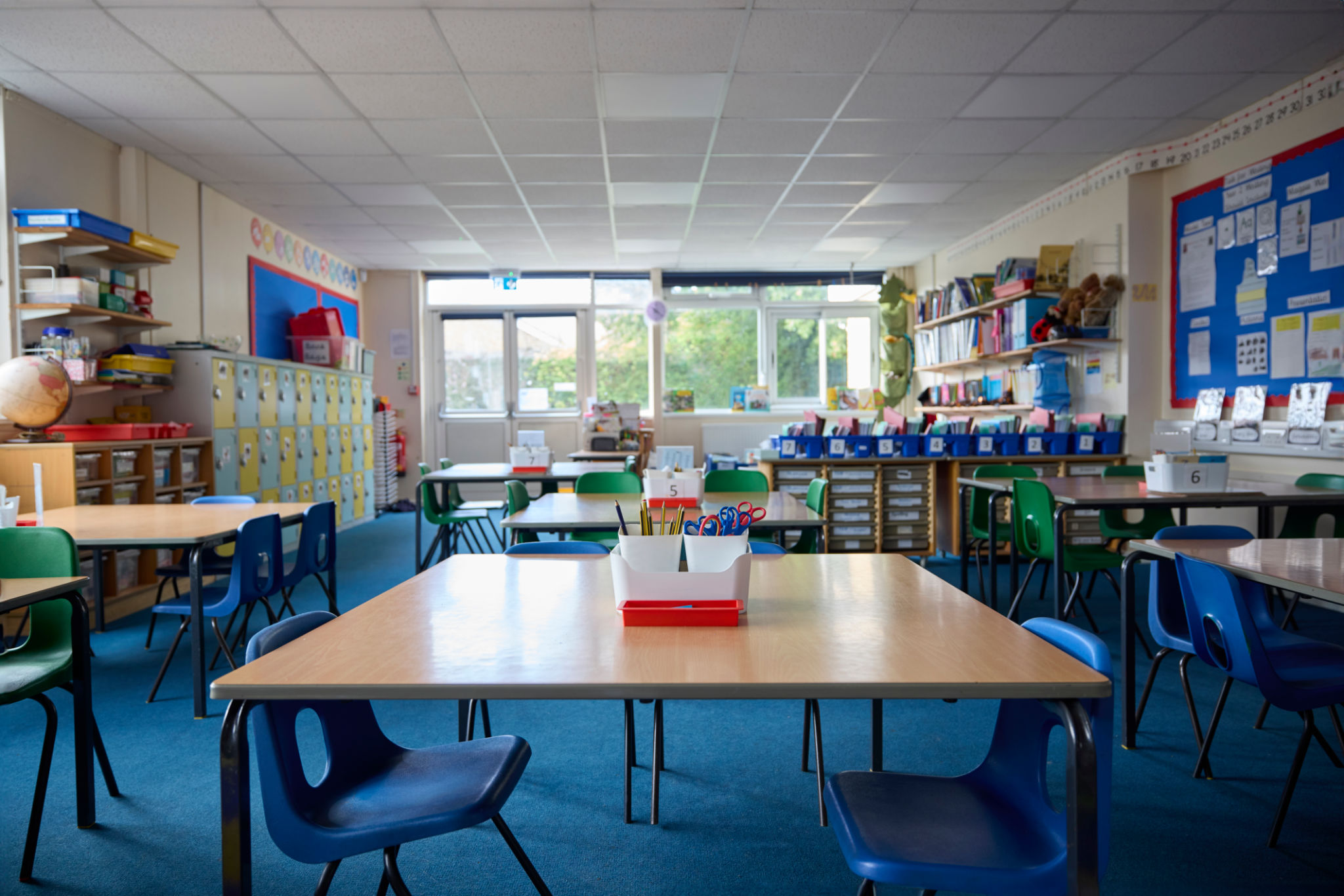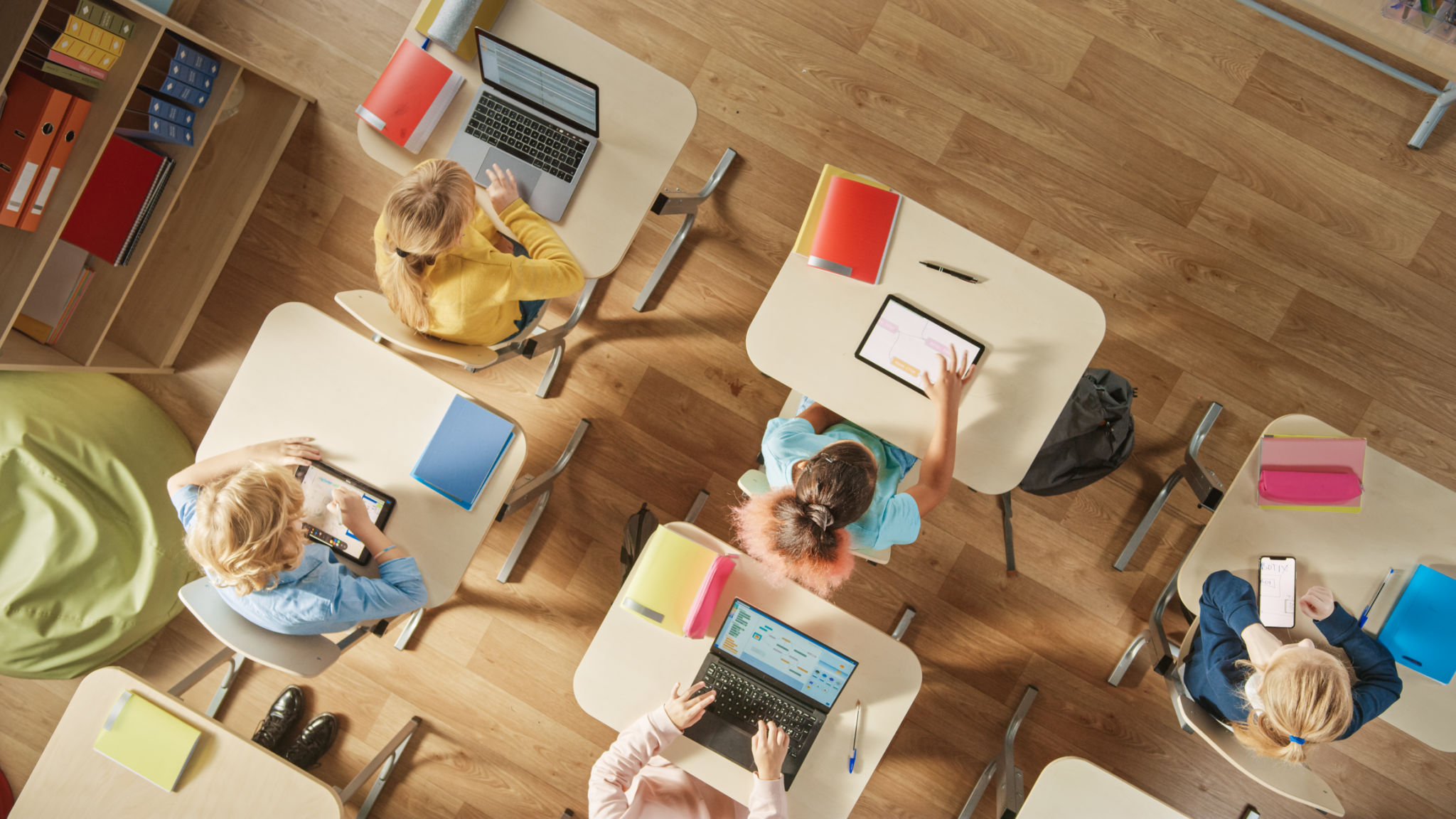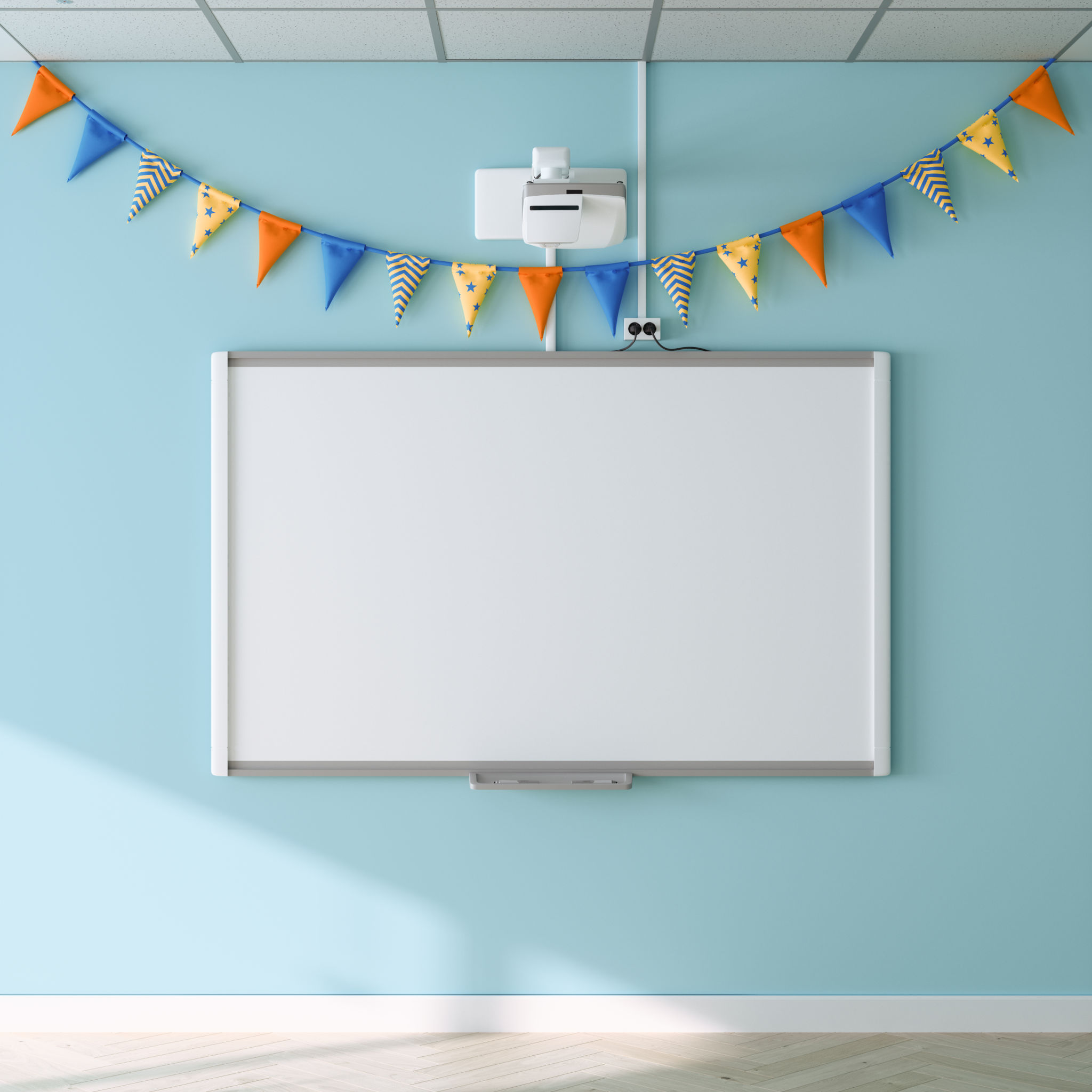Creating a Seamless Learning Environment: Essential Classroom Organization Tools
Introduction to Classroom Organization
Creating a seamless learning environment is essential for both educators and students. An organized classroom not only enhances learning but also promotes a positive atmosphere where students feel comfortable and focused. With the right tools and strategies, teachers can transform their classrooms into efficient spaces that foster creativity and productivity.

Essential Furniture and Layout
The layout of a classroom plays a crucial role in how effectively it functions. Consider using flexible seating arrangements that allow for both individual work and group collaboration. Desks that can be easily moved around provide the versatility needed for different teaching methods.
Investing in quality furniture such as ergonomic chairs and adjustable desks can make a significant difference in student comfort. Additionally, storage solutions like shelving units and cubbies help keep materials organized and easily accessible.
Technology Integration
In this digital age, integrating technology into the classroom is more important than ever. Interactive whiteboards, projectors, and tablets can all contribute to a more engaging learning experience. It's important to ensure that all technological tools are easily accessible and in good working condition.
Organizing cables and cords with cable ties and labeling systems can prevent clutter and reduce distractions. A well-organized tech station helps maintain focus and minimizes technical difficulties during lessons.

Classroom Supplies and Materials
Keeping supplies organized is essential for maintaining a smooth workflow. Consider using clear bins with labels for different categories of materials such as art supplies, writing tools, and paper products. This not only keeps items orderly but also teaches students responsibility in managing resources.
Create a central supply station where students can easily access what they need without causing disruptions. Regularly check inventory to ensure that materials are stocked and replace items as needed.
Utilizing Wall Space Effectively
Walls can serve as valuable real estate for organization and inspiration. Consider using bulletin boards to display important information such as class schedules, upcoming events, or student work. This not only keeps everyone informed but also fosters a sense of community.
Magnetic strips or pegboards can be used to hold frequently used tools or display educational posters. Keeping the walls tidy and purposeful contributes to a visually appealing environment conducive to learning.

Managing Student Work
Establishing a system for managing student work is essential to prevent piles of papers from overwhelming the classroom. Use folders or trays to sort assignments by subject or due date, allowing for easy tracking of completed and outstanding work.
Encourage students to take ownership of their work by implementing a personal filing system for returning assignments. This not only keeps the classroom organized but also instills valuable organizational skills in students.
Conclusion
Creating a seamless learning environment requires thoughtful planning and the right organizational tools. By focusing on furniture layout, technology integration, supply management, wall space utilization, and student work systems, educators can create classrooms that are not only efficient but also inspire learning. An organized classroom is the foundation of a successful educational experience.
